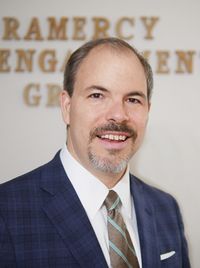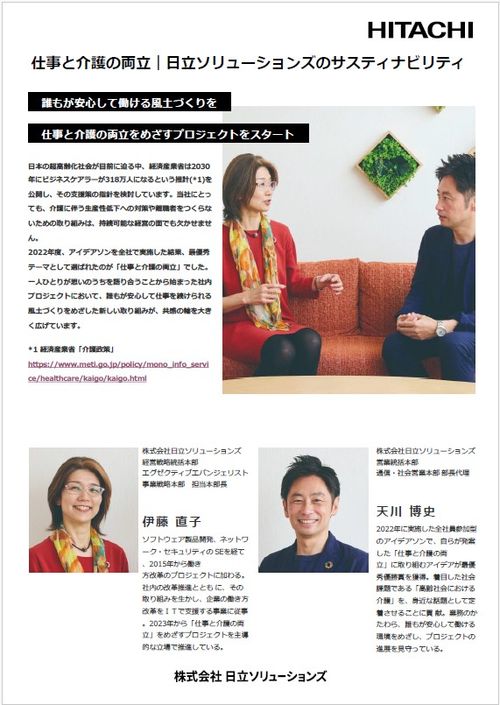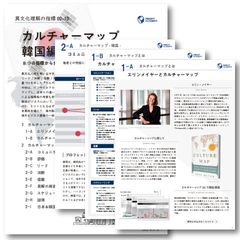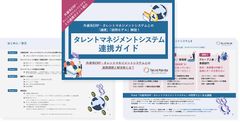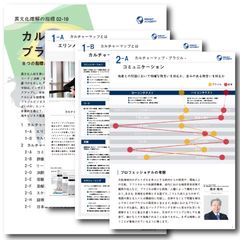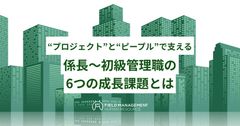
I have come to understand that to make the shift from manager to leader is to have a shift in perspective about one’s relationship to the organization. Managers manage from within the organization, typically with the aim of preserving their organization. But leaders mold and create new organizations for bringing their aspirations to reality.
My job as facilitator is to assist participants to make this transformation.
Facilitating the Process from Manager to Leader by creating an authentic leadership message
To facilitate this transformation, I challenge participants to create their own “authentic leadership message”. At first, I challenge the participants to be introspective—to consider their professional journey to the current point in order to identify the factors which have been the source of their personal success. Then, I challenge them to envision the future that they want to create and to consider what they need to do differently in order to bring this future to fruition. This is both a lesson in logical thinking and emotional creativity. After this thinking process, participants are then challenged to incorporate their ideas into their very own authentic leadership message. An authentic leadership message needs to be clear, motivating and even inspirational. The message needs to be present-minded and future oriented. With such a message, the individual explains what formidable experiences have shaped their thinking about leadership to this point, what they envision for the future and how they want to create that future by applying influence on to the organization including external stakeholders.Lastly, participants must be able to express their message to others with confidence and conviction.
When successfully delivered, the audience to the message should feel compelled to be “led” by the speaker. This is not easy to do well. It requires deep thinking and effective communication skills. Actually, not all participants are able to deliver their message well within the actual training program. But the thinking process and communication practice becomes useful well beyond the program.
In one such program that I facilitated, we spend the first two days reviewing the past, considering the present issues and envisioning the future. By the end of day 2, the result is an authentic leadership message that participants are ready to express to others. By the morning of the third day, the President attends. He takes time out of his busy schedule to meet and speak with the participants about their ideas on how to lead. Ultimately the President evaluates the ideas and demeanor of the participants. Such a program is a great way for the executive management to directly observe the “bench strength” of the next generation of top leaders, both from Japan and subsidiaries around the world.
There are many ways to approach leadership development. Attending an executive leadership program at a world-renowned university to benefit from top-notch educational resources is one way. Or engaging in the case study approach is a good method for learning from the successes and failures of others.
However, I tend to propose the authentic leadership messaging approach to companies that are considering how to develop their leaders. Such an approach challenges the participants to examine themselves, to consider the environment in which they operate and to find their own sense of purpose and passion that they can bring to their work for the benefit of the company, for the development of others in the company and ultimately for contribution to society.
- 1



